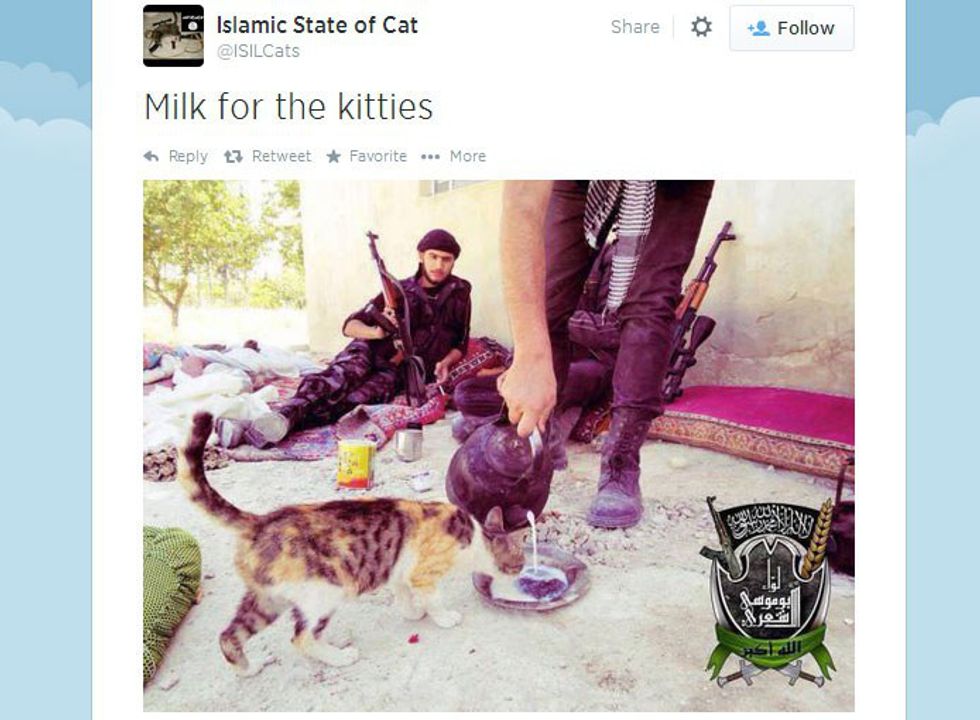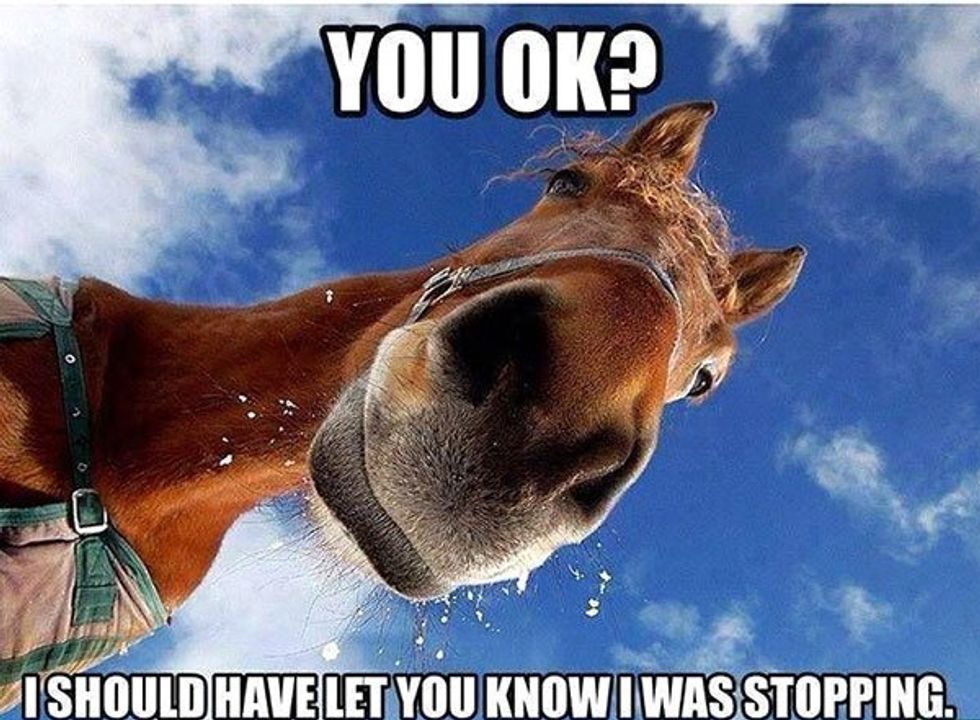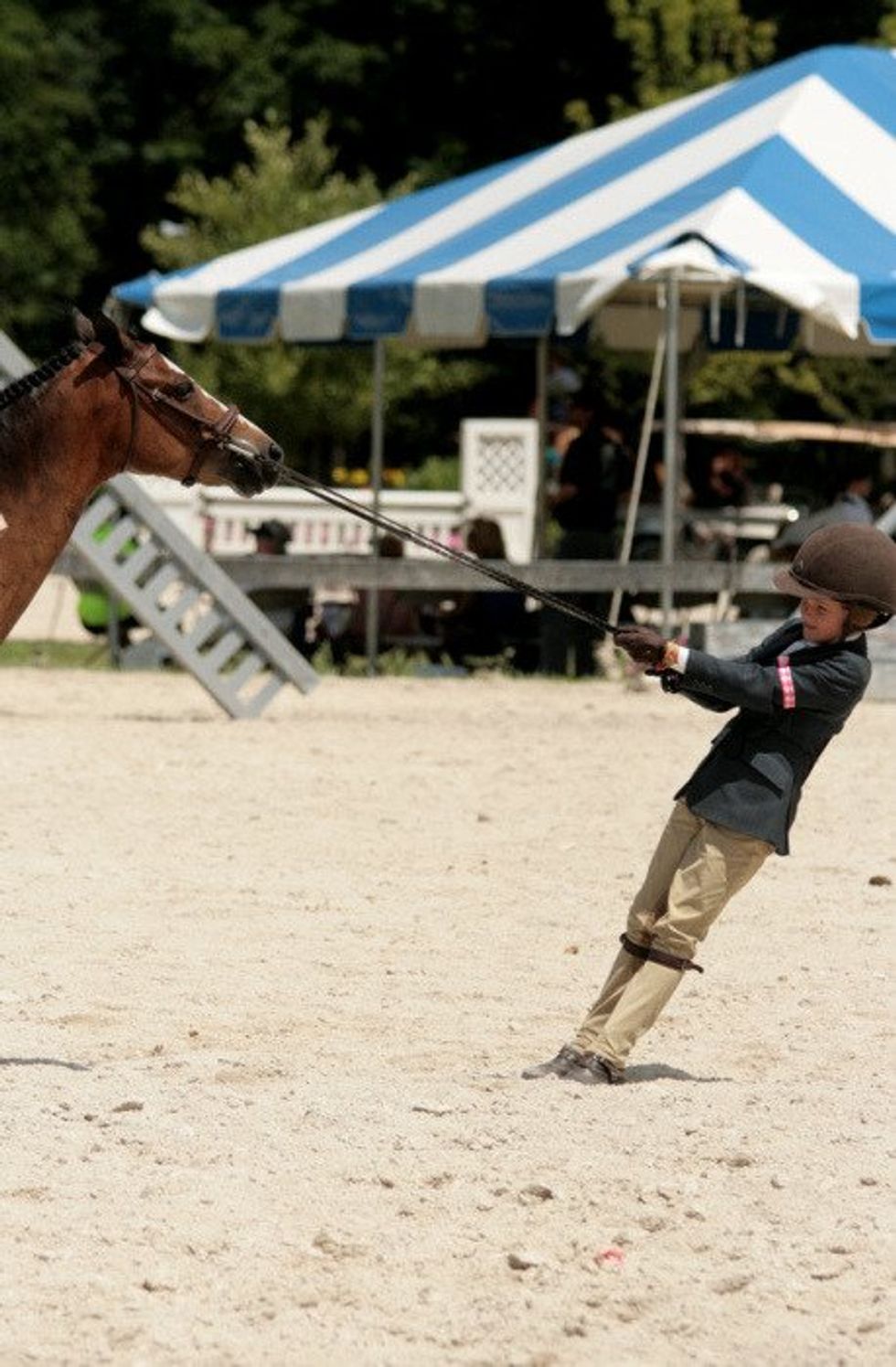In the modern era of warfare, the “lone wolf” attacker has been a calculated, independent and efficient way of striking fear into hearts of enemies of terror organizations like ISIS. Radicalized Americans, acting as one man armies, have been the cause of the majority of ISIS attacks within the United States. The vice president of the National Association of Chiefs of Police Jim Kouri claims that lone wolf attackers sympathize with terrorist organizations through “ideological inspirations” and shared sets of values ( Kouri 99). The ISIS social media message is so appealing, the group can effectively recruit militants without ever having face to face contact with their pawn. Ashley Cronin, Director of the International Security Program at George Mason University, argues, “The group attracts followers yearning for not only religious righteousness but also adventure, personal power, and a sense of self and community”(Cronin). This is why young people, like the Pulse Nightclub shooter, often fall prey to the empty promises of the Caliphate. Furthermore, while it appears that the younger generation is the ideal for this terrible purpose, it is only because of the lack of social media usage by older generations that young people becoming the primary attackers.
The ISIS social media campaign is complex and accurately targets their multiple audiences. Christina Schori Liang, a senior fellow at the Geneva Center, claims “They have a special, unique message for young girls, they have a special, unique message for drug addicts, for ex-cons. They have a special, unique message for ex-combatants in Chechnya. They really tailor their approach to each region and to each specific need.”( Liang qtd in Geller) The advertising strategies of ISIS are similar to those of large corporate companies. ISIS utilizes their followers to crowdsource and create a sense of connectedness between members and sympathizers. ISIS even posts photos of its members with kittens on twitter as a method to humanize themselves and become more likable (see fig.1).
Fig.1 shows one of the tweets from the Twitter @ISILCats a twitter run by the Islamic State to draw in fighters (Cookney).
Franki Cookney, a writer for the daily mail cites “A UN report in 2014 showed thousands of jihadists had flocked to Iraq and Syria after seeing pictures of cats posed alongside AK-47s and in the arms of masked terrorists. 15,000 fighters from 80 countries joined the fight after seeing their posts on social media.” These posts, even ones containing pictures of cats, draws followers to ISIS both in their region and at home in the United States. An Ex-ISIS member Harry Sarfo said in an Interview with New York Times writer Rukmini Callimachi that “There are Americans… It is much more easier to get them over the social network.” (Sarfo qtd. In Callimachi) Sarfo, referring to recruited American members of the organization. However, despite the facts that ISIS recruits Americans online to commit attacks, citizens and lawmakers still place the blame in the hands of refugees, and further denies them solace and safety in our country because of it.




















 teenhorseforum
teenhorseforum














